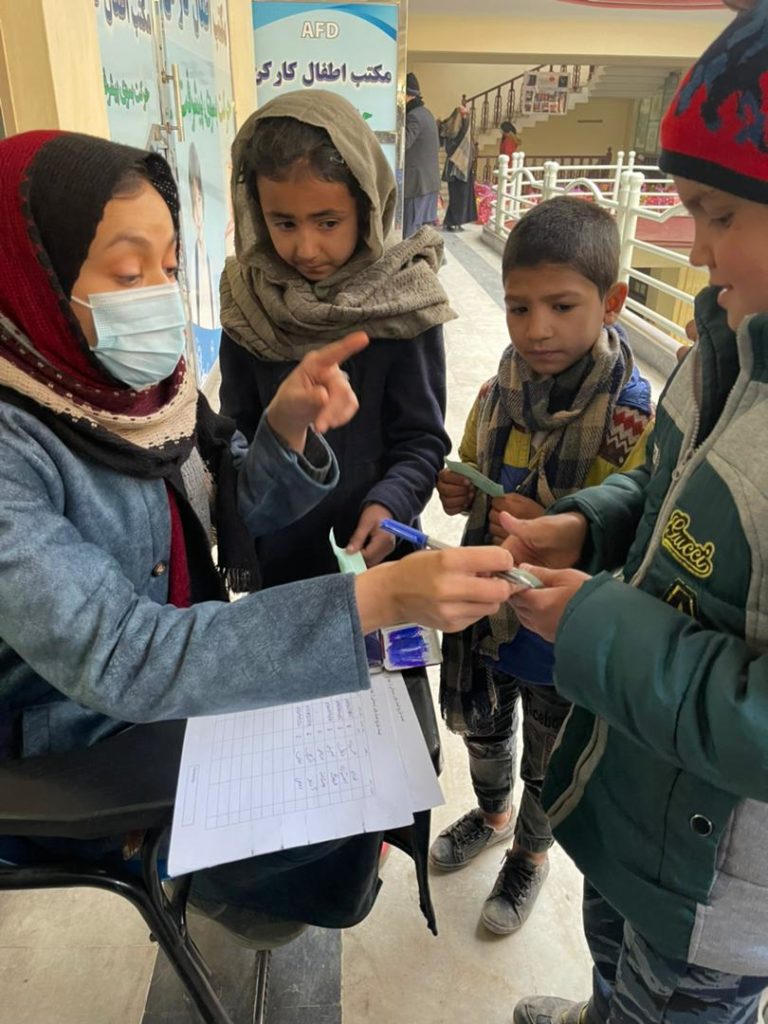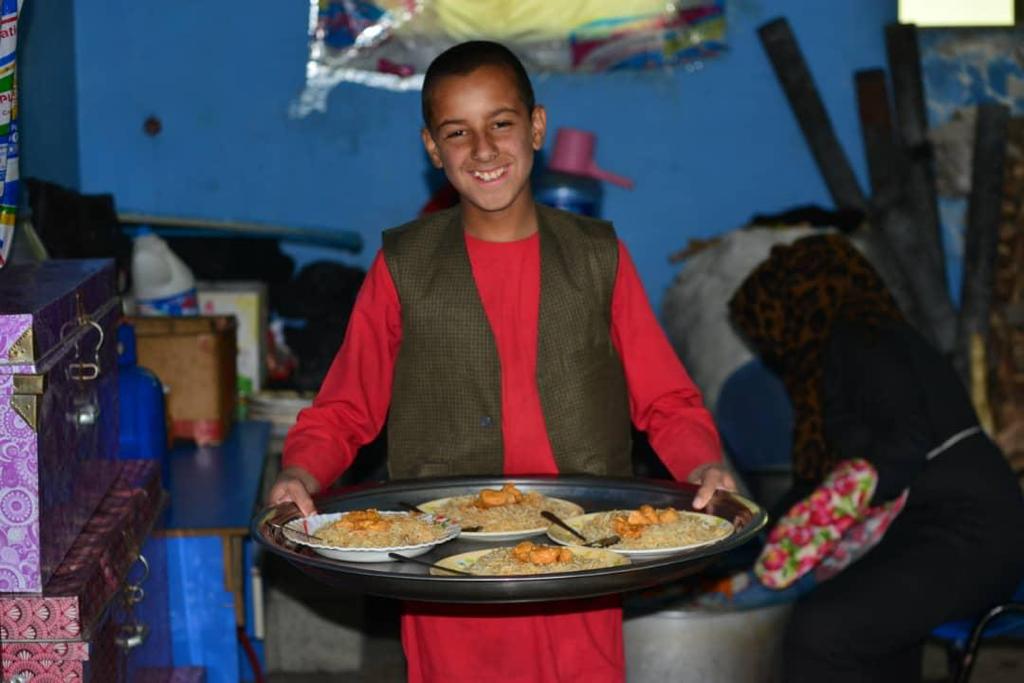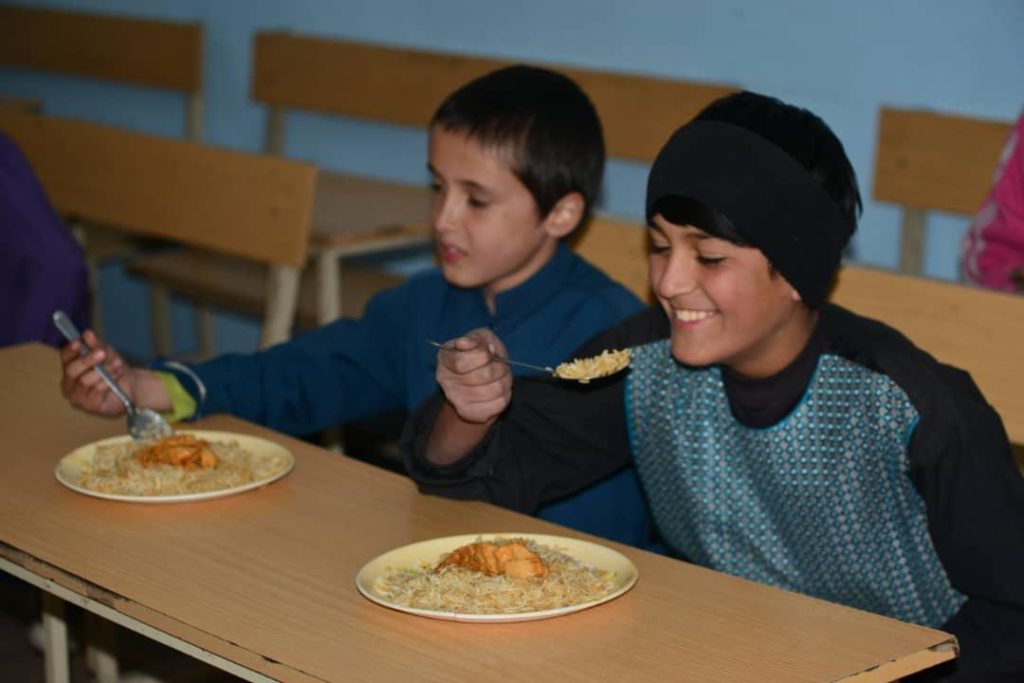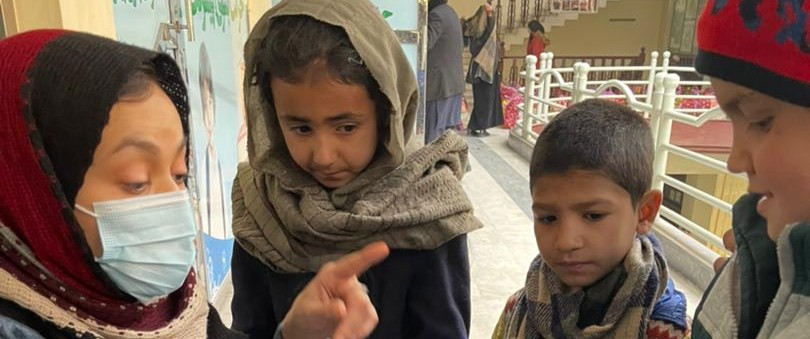Part 2: Covid-19 and disease

Written by Zuhra Dadgar-Shafiq, Programme Director and Co-Founder of Action for Development who provide vital health and education services in Afghanistan to the most marginalized and vulnerable individuals through cost-effective, cascade-model projects that allow for community participation and empowerment.
Afghanistan has been struggling with conflict for over 40 years. The situation has recently been exacerbated due to the dire political context and the takeover of the Taliban resulting in social, economic and political instability in the country that has left many people in extremely poor conditions. Currently, it is expected that around 55% of the population (almost 20 million people) will be in food crisis emergency phase 3 and 4 . The WFP has confirmed that one in two people in Afghanistan do not have enough to eat at least once a day.
In addition to the ongoing protracted conflict, the climatic conditions add a burden to the agriculture sector that is suffering from limited investment and low productivity. The food crisis is on the rise caused by the extreme poverty conditions and extreme weather and climatic conditions. Poor pasture conditions and high food prices driven by drought have left over three million livestock at critical risk during winter and has already resulted in increased distress livestock sales. Climate change has caused declining precipitation, putting additional pressure on water resources already strained from population growth. In addition to the drought, more than 29,000 people in 13 provinces were affected by other natural disasters– mostly floods.

In emergencies schools are places for nourishment not only for the mind but also for the body and soul.
COVID-19 continues to be a serious threat in Afghanistan. Different waves of the pandemic have torn through the country with arrival of new variants and poor preventative measures in place. More than 157,000 COVID-19 cases were confirmed across Afghanistan and some 7312 deaths were reported as of December 5 2021.
Only 11 per cent of the population is vaccinated against the virus, with vaccination levels among women a particular concern. As per recent announcement of the MoPH, there are no kits and required mechanism to test covid.
The country is also expecting to continue facing disease outbreaks such as Acute Watery Diarrhea (AWD), Measles and Dengue Fever, this is partly due to inadequate access to safe drinking water.
All basic services are at risk of being severed without continuity or appropriate replacement systems to maintain funding or basic services. Afghanistan is considered a challenging access and security for humanitarian aid. Humanitarians continue to face direct interference in their work. The majority of these interferences experienced are with programming, followed by staff recruitment and beneficiary selection. This has seriously affected critical humanitarian work. The regime and those who lead try to interfere directly into the systems of the NGOs and service delivery, prioritizing their own needs and the needs of the Taliban widows.

There are cases where some previous registrations with the previous government are not valid and recognized anymore, and the Ministries demand re-establishment of registrations as per rules and norms set by Taliban.
The humanitarian situation in Afghanistan has been severe for years. Half of the population are in need of humanitarian assistance. The reasons stem from problems associated with widespread and long-term poverty, a difficult security situation, natural disasters accelerated by climate change, and the COVID-19 pandemic.


